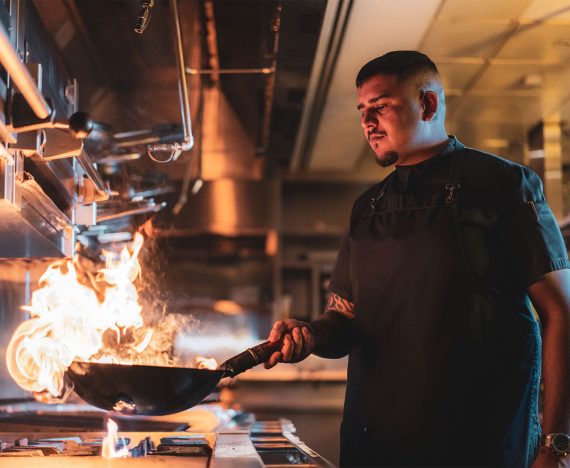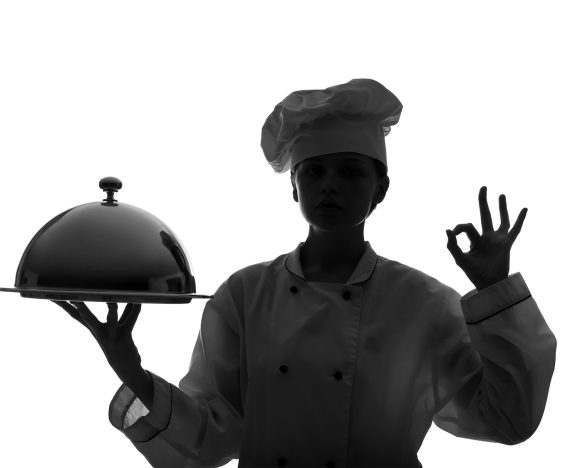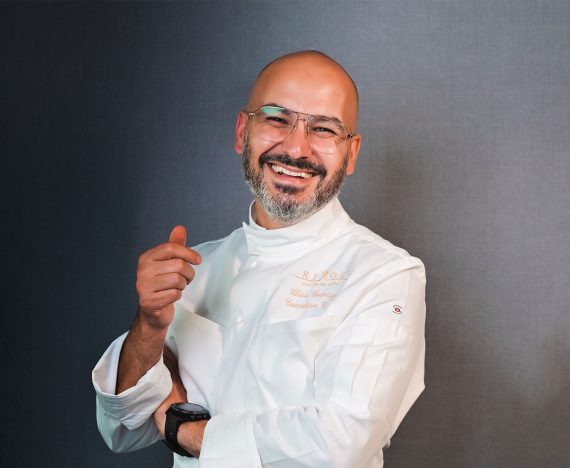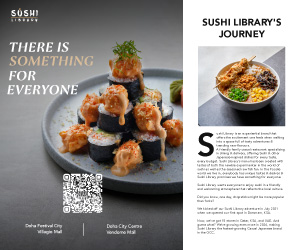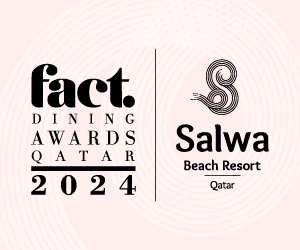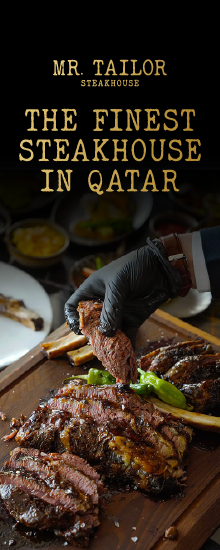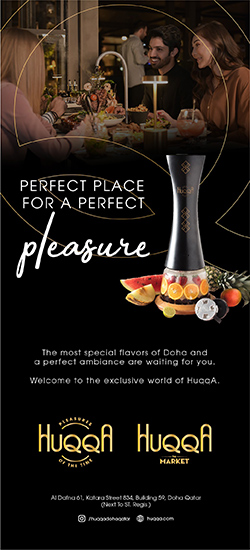FUSION INSPIRATION

Lambert Chiang, Head Chef of b-lounge at The Ritz-Carlton-Doha explains the fusion of Asian styles and the importance of heritage in his cooking.
What first attracted you to life in the kitchen?
I come from a family of restaurateurs and chefs. My parents once owned a restaurant and ran it for 30 years. This allowed me to be exposed to the culinary world and restaurant business at an early age. That was when I decided to study culinary arts and pursue a career as a professional chef and decided to join a culinary school.
How did you come to specialise in Japanese and Pan-Asian cuisine, what is it about this style of cooking that you like?
Growing up with a Chinese background, I’ve always been surrounded by the rich medley of Asian cultures. Exploring Pan-Asian cuisine feels like a natural extension of my cultural heritage. In my family, Chinese cuisine has always been a central part of our traditions. As I explore other Asian cuisines, I see connections and shared elements that resonate with the flavours and techniques I grew up with. I’ve always had a curiosity about the diverse cultures and cuisines within Asia. During family gatherings and celebrations, we often enjoy a mix of Chinese and other Asian dishes. This experience fostered an appreciation for the diverse and delicious flavours that span the entire Pan-Asian spectrum.
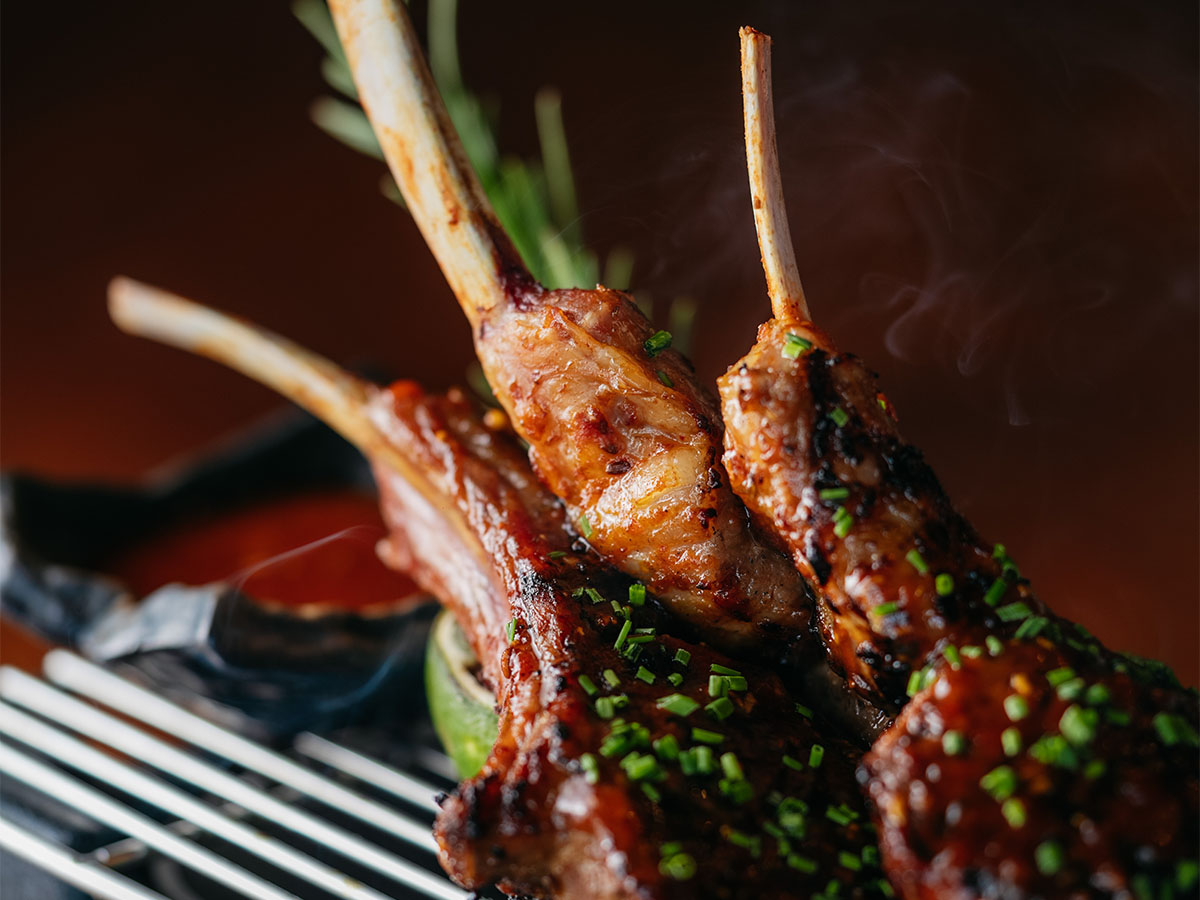
You’ve been involved in several pre-openings and openings – please tell us about this process and how it has developed your skills?
Being involved at this stage is a significant professional experience that presented a range of responsibilities and challenges. The process of preparing for and executing these openings has contributed to the development and enhancement of the various skills I have today.
The pre-opening process, in the early stages, focusses on conceptualising the hotel or restaurant, defining its theme, target audience and unique selling points. Understanding the market and competition is crucial. This involves identifying trends, customer preferences and potential challenges.
There is also budgeting and financial planning for areas including construction, interior design, marketing and operational expenses. And forming a competent team is essential. This involves recruiting staff for various departments and providing them with the necessary training. Establishing relationships with suppliers, negotiating contracts and ensuring a smooth supply chain are additional vital components. The opening stage includes overseeing the construction and interior design to ensure the physical space aligns with the intended concept.
Developing a unique concept and finding creative solutions to challenges fosters creativity and innovation and this is a phase during which problem solving is a real area for skill development. During this period there is also collaboration with the culinary team to create a menu that aligns with the concept and caters to the target audience. And we are also careful to monitor customer feedback during the soft opening, this helps in refining services and offerings to meet customer expectations.
Your signature dish is Gochujang Miso Lamb Chops. How was it developed and why is it popular?
The inspiration came from my desire to create a fusion dish that combines the bold and spicy flavours of Korean cuisine (represented by gochujang) with the umami-rich and savoury notes of Japanese cuisine (represented by miso). I have chosen lamb chops as the protein for their rich and robust flavour that pairs well with both gochujang and miso. The combination of these distinct Asian ingredients with lamb creates a unique and harmonious blend.
The Gochujang Miso Lamb Chops gained popularity due to their innovative fusion concept, well-balanced flavours and trendy and high-quality ingredients. ✤












